British Typhoon jets continue their patrols over Syria as part of the long-running Operation Shader.
Launched in 2014, Operation Shader was set up to support allied ground forces and conduct air strikes against identified terrorist targets.
Since the commencement of Operation Shader, the Royal Air Force (RAF) Typhoon jets have played an integral part in the UK’s efforts.
Over the years, these advanced multi-role combat aircraft have flown countless sorties, providing critical intelligence, surveillance, and reconnaissance data, as well as engaging hostile targets when necessary. British military aircraft spent a combined 16,255 flying hours against Daesh in Iraq and Syria over the last year.
Last year, we reported that the Ministry of Defence had announced that the UK’s role in Iraq and Syria will evolve following the conclusion of the Global Coalition’s military mission against Daesh.
Over the next 12 months, the UK will transition into a bilateral security partnership with Iraq, however, future RAF strike operations remain under discussion as the UK transitions to the new bilateral relationship with Iraq.
In a previous statement, the Ministry of Defence said, “We pay tribute to the professionalism of UK personnel who have played their part in the Global Coalition. Thanks to the bravery and effectiveness of the Iraqi Security Forces, Peshmerga, and the coalition’s continued commitment, Daesh has been territorially defeated in Iraq. The ISF has enabled the restoration of critical services for communities and the rehabilitation of conflict-affected areas.”
The MOD also further clarified that “the UK will continue to support the security of Iraq, as the Global Coalition enters a new phase. The UK will work closely with our Iraqi partners to develop an enduring bilateral relationship during the coming months, as part of the transition to a new security and defence partnership with Iraq”.
The UK’s involvement in Operation Inherent Resolve has seen forces provide training and assistance to more than 111,000 members of the Iraqi Security Forces (ISF), including 21,000 Kurdish Peshmerga fighters, in areas such as counter-IED tactics, weapons maintenance, and medical training.
While the Global Coalition’s military mission will formally conclude over the next year, “the UK remains committed to developing a bilateral security relationship with Iraq, ensuring the long-term defeat of Daesh and the stability of the region,” the MOD reaffirmed.


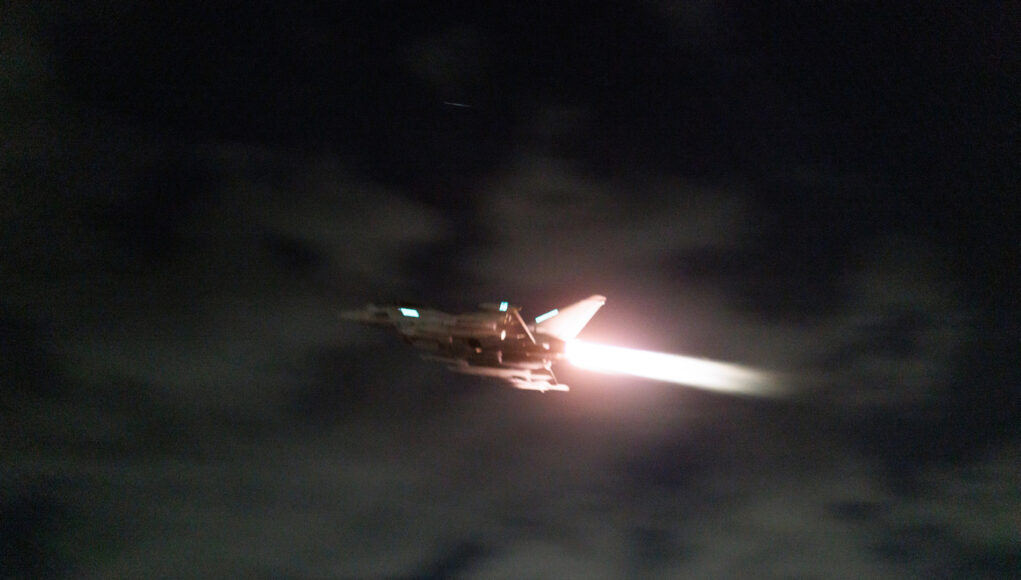
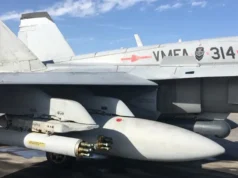

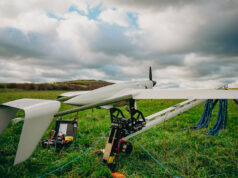
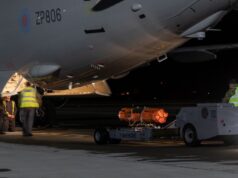
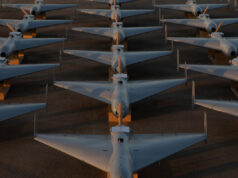
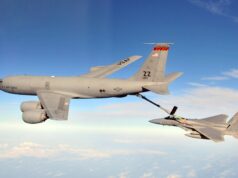
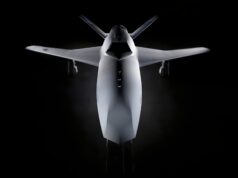

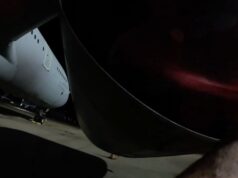
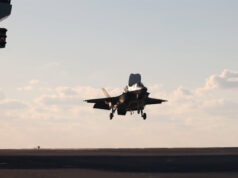

Burning through the hours still.
That is just what I was thinking, hours the RAF don’t have.
Obviously I know it’s not the right platform because of the lack of air to ground capability but Shame the RAF couldn’t have used up some of the flying hours on the tranche 1’s before they retire early later this year
The RAF has less than 10 T1s in service. 4 in the Falklands. And the rest are on the OCU. Many were retired years ago. The 4 T1 jets in the Falklands will remain until 2027 before replaced with T2/3 jets.
The Tranche 1’s are capable of Air to Ground, not the full suite of Weapons certainly but they can drop Paveway Guided Bombs.
It’s more about fatigue than the hours. The fatigue index is what uses up life. Not the hours flown. Aircraft like Tornado became G limited pretty early in life because pulling sustained high G was using up airframe life. Not the hours flown. Tornado was not designed for lots of sustained 7G manoeuvring. In the early days of the F3, they fitted the 1500lt tanks to limit G to 4/5 G because they were eating up so much airframe fatigue. With careful management, it didn’t become such a problem in the longer term. Typhoon, on the other hand, was designed for lots of sustained 9G manoeuvring. Its FBW won’t allow the airframe to be over stressed. The RAF/BAE Systems have a very clever computer model to manage fatigue. Typhoon airframes have spent thousands of hours in the airframe stress facility at Brough until the wings arw at the snapping point. After 20 years of operations. Typhoons can still pull 9G all day long with no restrictions. On operations like Shader, jets can go into positive maintenance hours because so little stress goes through the airframe on long flights over the desert, flying in straight lines. The mean time between failure is very high (high is good) because of advances in technology. Fatigue on Typhoon is not a problem. Hours are not a problem. If a Typhoon hits 6000 flying hours, it doesn’t mean it just stops flying. If its fatigue index is well within engineering tolerances, it’s good to go. Plus, flying hours could well be extended to 8000 or 10:000hrs. fatigue is the airframe killer, not the hours flown.
Airframe hours is a very good indicator, it’s used as a method of averaging fatigue from airframe cycles…the fatigue comes mainly from the cycle ( takeoff and landing..and a bit from in between)…the 6000 hours is worked up from average cycles…yes some airframes may go over the 6000 hours… because they would have flown a lot long, low load, higher altitude strait and level flights..but that’s not how the typhoon fleet has been use..it’s been used hard…high load take off and landings and activity in combat zones and as a QRA in a time frame Russia has pushed incursions hard…with a very small fleet and a tiny sustainment flee, with massive levels of usage beyond any fleet before it ( the 300 airframe tornado fleet would burn around 13,000 hours a year, the 100 typhoons are burning 23,000 and tornado was tested against around 30% more cycles than a typhoon) so spread across the fleet it’s very likely that 6000 hours will be the frame life. The RAF did a hell of a lot of work to push the frame life beyond 6000 hours and for the last decade it’s been radio silence for a very good reason. I’m a person who’s job it has been to make sure organisations don’t live in the “maybe” and let’s “hope” it will be ok world…only in the “we must ensure it is ok” world….my impression is HMG is very much working in the “let’s hope it will be ok” zone and that is not acceptable.
Typhoon was designed to be worked hard. The RAF is extremely good at managing fleets. It’s the no1 priority. The RAF will know exactly what state is Typhoon fleet will be in, in 2030, 2040, and well beyond. They know very early in an aircraft types carrier if hours/fatigue is going to be an issue, and even easier with aircraft like Typhoon because of advances in technology, engineering/maintenance management. And advanced FBW/diagnostics that tells engineers exactly what the jet is going through. Have a little faith that the experts in the RAF and industry do know what they are doing, even if you have little faith in the treasury
I would have more faith Robert if I knew they had enough aircraft to maintain a proper sustainment fleet. I’m pretty sure the RAF and industry are as competent as you like, but they must have the tools and that’s means around a 25% -30% margin of aircraft for the sustainment fleet…which means the five front line squadrons, Falklands, joint squadron, OCU, test and evaluation squadron need around 85-90 single seat typhoons to be deployed to them and around 25 aircraft in the sustainment fleet…when the last tranche one goes they will have 96 total..that will leave a sustainment fleet of 6-10 aircraft…..that’s less than 10%, it’s just to low, the RAF has never operated a fleet like that before…if you go back to 2014 the RAF had 25-30 typhoons in the sustainment fleet supporting 2 less squadrons than they do now. To be honest on present numbers of aircraft I will be surprised if they are able to maintain 4 front line squadrons ( in 2014 I think they had 120 aircraft to support 4 front line squadrons)…if they don’t order another batch of 25-30 I can see the next defence review..culling the joint squadron and binning one of the front line squadron..taking the UK to 6 fast jet squadrons ( 4 typhoon and 2 f35) …as that’s all we have the numbers for, there is almost no chance of maintaining 5 front line, joint squadron, Falklands, OCU and evaluation squadron on 96 single set aircraft.
It’s not as simple as hours mate. See my reply below Jonathan’s.
The airplanes are still life limited by hours as well. It’s a whichever comes first scenario. There is currently nothing to take the aircraft beyond 6,000 hours. BAE has studied a SLEP to take the plane to 10,000 hours, however, no one has spent the money on it, and it won’t be cheap.
Would probably be cheaper to just buy another 40-odd Typhoons to spread the workload out more.
Just read mate. Thank you.
#Jonathan. While I agree with what you say. 96 isn’t enough for the current 9 sqns. We maintain the Typhoon in a very different way from past fast jet fleets. And much of the sustainment fleet has been made up of T1 aircraft that haven’t been in service for many years anyway. People on this site have moaned about retiring T1 jets with less than half of the jets life used. Many of the T2/3 fleet have been in service for less than 15 years. If the RAF was genuinely concerned, mitigations would already be in place. The TyTAN support contract guarantees X number of aircraft available on any given day plus surge capacity along with capability enhancements. They must be confident. Otherwise, they would be shouting from the hills for more aircraft. Or maybe we will get a nice surprise in the defence review about more Typhoons. Or maybe the RAF/MOD know something about Tempest that we don’t. The project is at a much more advanced stage than they are letting on. And 2035 is realistic, after all. I doubt it. But you never know.